Super-Multi-Coated Takumar 50mm f/1.4 Lens Review
Me and My Takumar: A Tale of Two 1972 Originals
The Super-Multi-Coated Takumar 50mm f/1.4 is a legendary vintage lens, renowned for its superb build quality, smooth manual focusing, and beautiful optical characteristics.
Initially produced by Asahi Optical Co. (Pentax) in 1970 to 1972, this lens has stood the test of time and continues to be a favorite among photographers looking to add character to their images.
In this review, I’ll explore its history, optical performance, and practical usability on modern cameras.
But first, here are its specifications.
Focal Length: 50mm
Maximum Aperture: f/1.4
Minimum Aperture: f/16
Lens Mount: M42 screw mount
Optical Construction: 7 elements in 6 groups
Minimum Focus Distance: 45cm
Filter Thread: 49mm
Aperture Blades: 8 blades
Coating: Super-Multi-coated
Weight: ~250g
Build Material: Metal and glass construction
History and Background
Pentax released numerous versions of its Takumar 50mm f1.4 lens over the years, beginning in 1964 with its 'Super Takumar 50mm f1.4' - a lens with 8 elements. Legend has it that this lens was more expensive to make than they could charge for it, and it was soon replaced by a 7-element 'Super Takumar' 50mm f1.4 (released in 1965).
This lens was produced until 1971, when it was replaced by another 7-element lens, the 'Super-Multii-Coated Takumar' 50mm f1.4—the lens I'm reviewing today.
This lens was only produced until 1972 and was later replaced by the SMC Takumar 50mm f1.4, which was also produced until 1975 (it has 7 elements).
Super-Multi-Coating (SMC) was a game-changer at the time, significantly reducing flare and improving contrast. These coatings set a new standard for lens manufacturing and influenced modern multi-coating technologies.
I do own a copy of the original 8-element Super Takumar 50mm f1.4, which I'll review at a later date, but I wanted to start with this one because it was one of my first Takumars, and it shares its year of birth with me—1972.
I bought it for this reason when I turned 40 - I was fascinated to see what shooting with a lens that was as old as me was like.
Build Quality and Handling
One of the standout features of all of the Takumar lenses I've had the chance to use is their exceptional build quality - and this one is no exception - it is a joy to use.
Made entirely of metal and glass, it feels solid and well-engineered. The focus ring is incredibly smooth, with a focusing throw of a little over 180 degrees, offering precise manual focus control without having to turn the ring too far to achieve focus. The aperture ring provides satisfying clicks at each stop.
Despite its vintage design, it balances DSLRs and mirrorless cameras well with an appropriate adapter. It is all black except for a narrow silver ring on the focus ring, making it look the part on any black modern camera.
The minimum close-focusing distance is 45cm, so you can get relatively close to your subject, further blurring backgrounds. You can also use the lens for detail shots (I've used it with some success for flower photography).
Optical Performance
Sharpness
At f/1.4, the lens delivers a soft, dreamy look, making it ideal for portrait photography.
It is definitely not my sharpest lens wide open but it's not my worst either and the images shot at f1.4 are definitely useable.
I guess it performs as you might expect a 53 year old lens to perform (in fact the same could be said for this 53 year old man - I'm not as sharp as I could be either!)
Stopping down to f/2 sharpens the image considerably, at f2.8 it's really sharp in the centre of the image
Peak sharpness is achieved across the frame at around f/5.6 to f/8.
Bokeh and Rendering
This lens is beloved for its smooth and creamy bokeh, which adds an artistic touch to images.

Specular highlights do produce bokeh balls that, when wide open, are round in the centre with a touch of swirl at the edges in the right conditions (although I wouldn't consider this to swirl anywhere near as much as the Carl Zeiss Pancolar that I recently reviewed or my Helios 44M).
If you stop the lens down a little, the bokeh balls will become octagonal (produced by the eight blades).
Compared to modern lenses, the Takumar 50mm f/1.4 has 'character' that is difficult to replicate, but that isn't as wild as other vintage lenses that I own either.
Color and Contrast
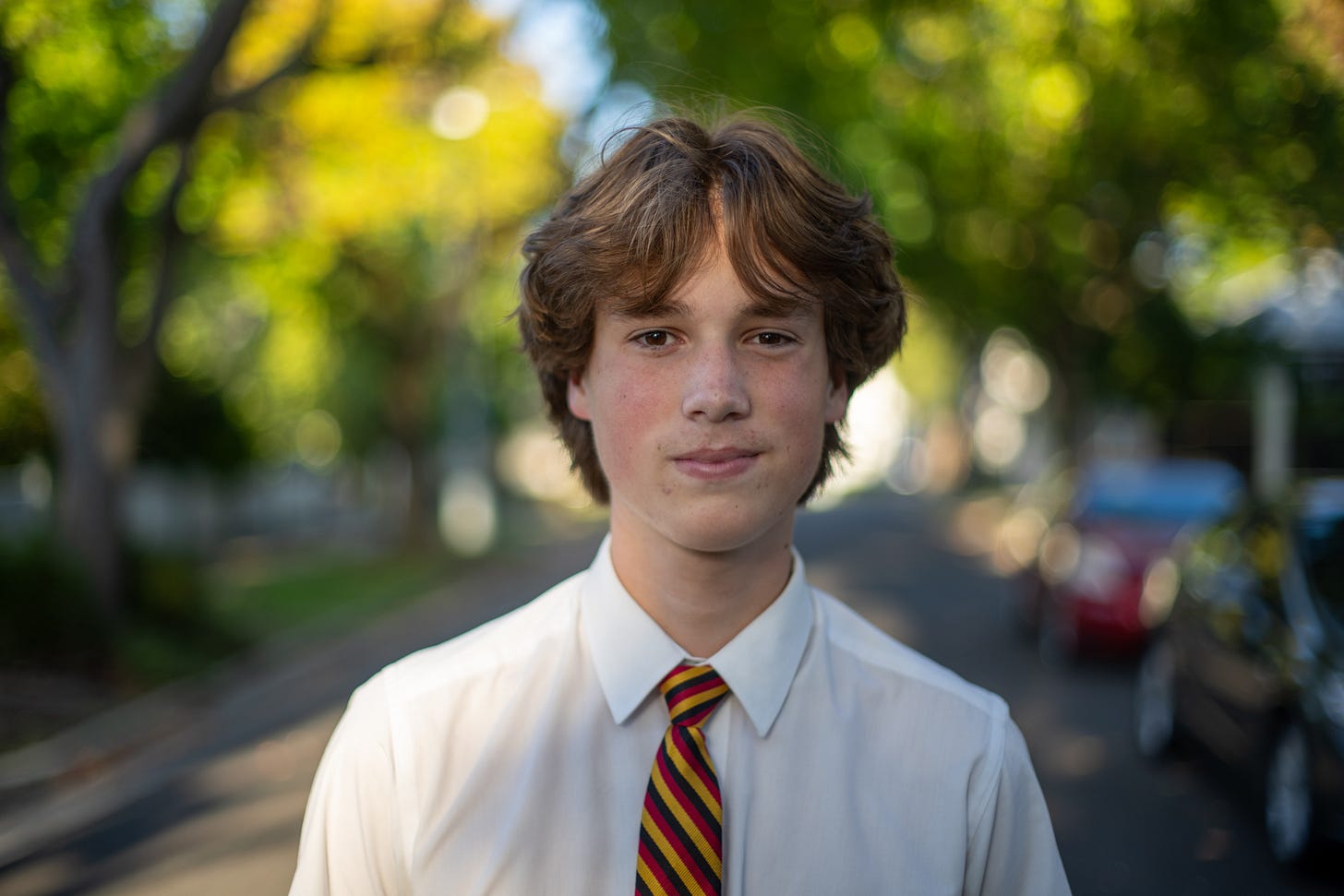
Thanks to its Super-Multi-Coating, this lens handles contrast well, producing deep blacks and vibrant colors. While some vintage lenses suffer from washed-out colors, this Takumar retains a rich, warm color profile unless you shoot wide open directly into the sun.
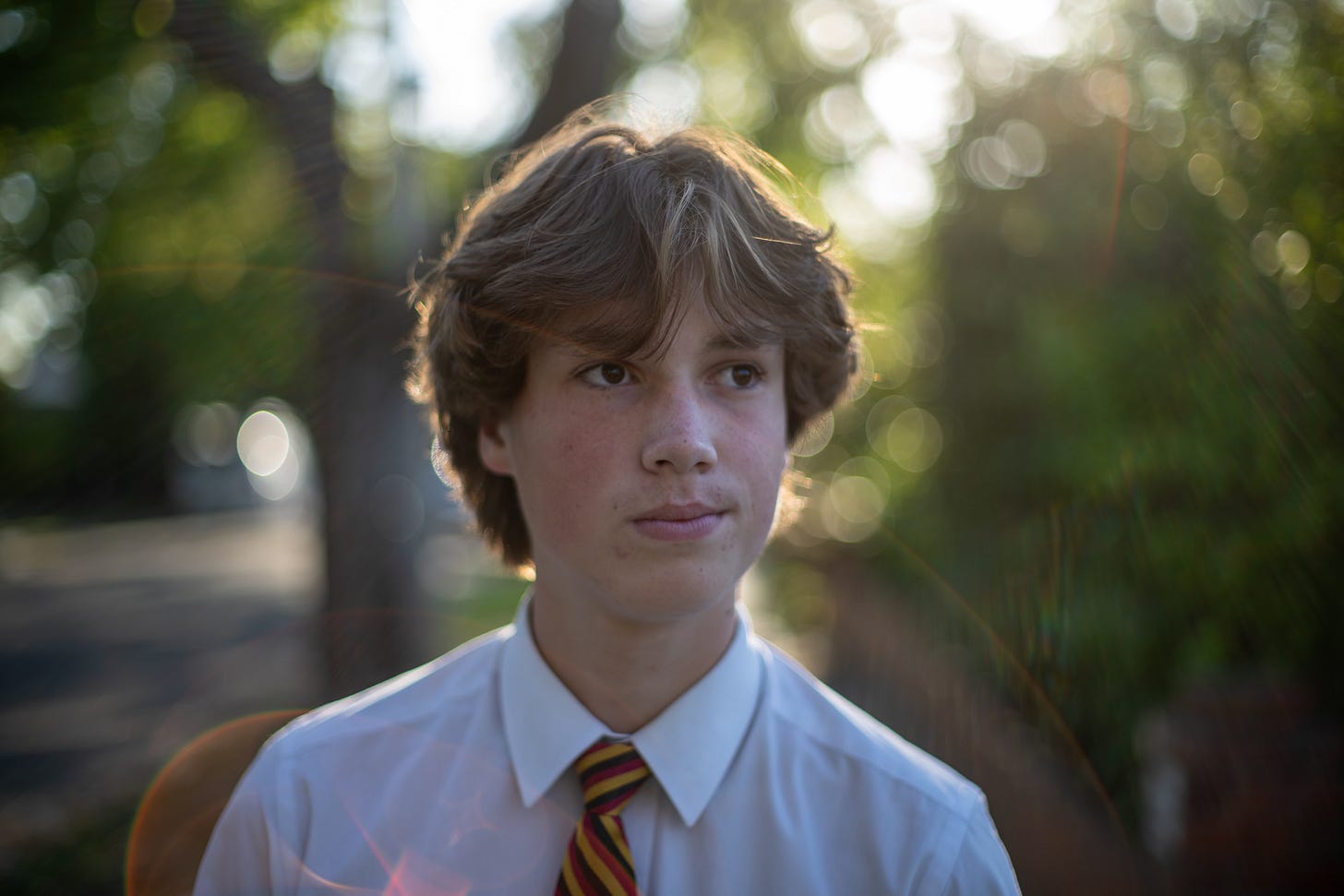
It is also relatively resistant to flare compared to other vintage lenses, though if you shoot it directly into the sun, you will see some flaring (I’ve noticed mainly red flares) and some ghosting at times.
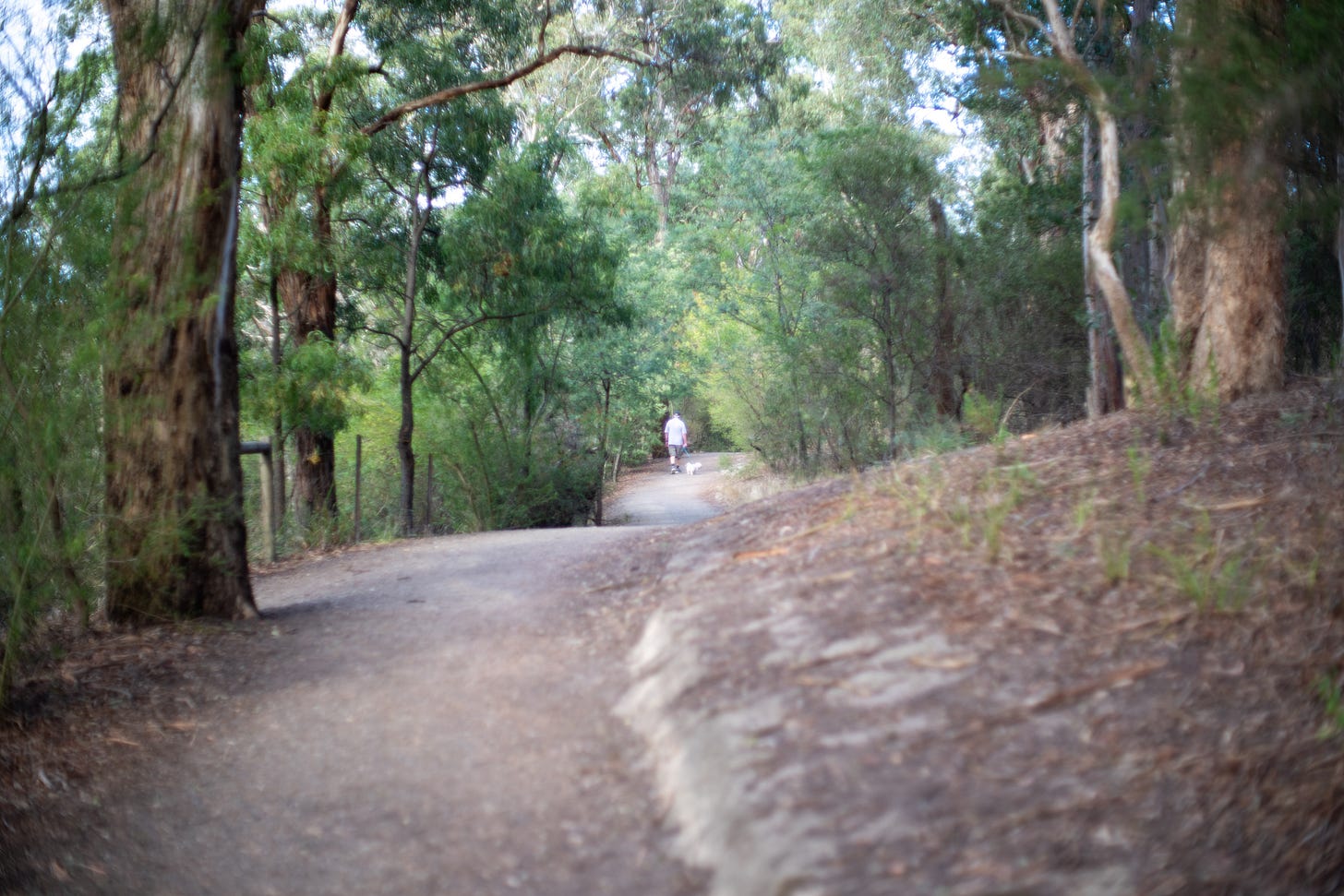
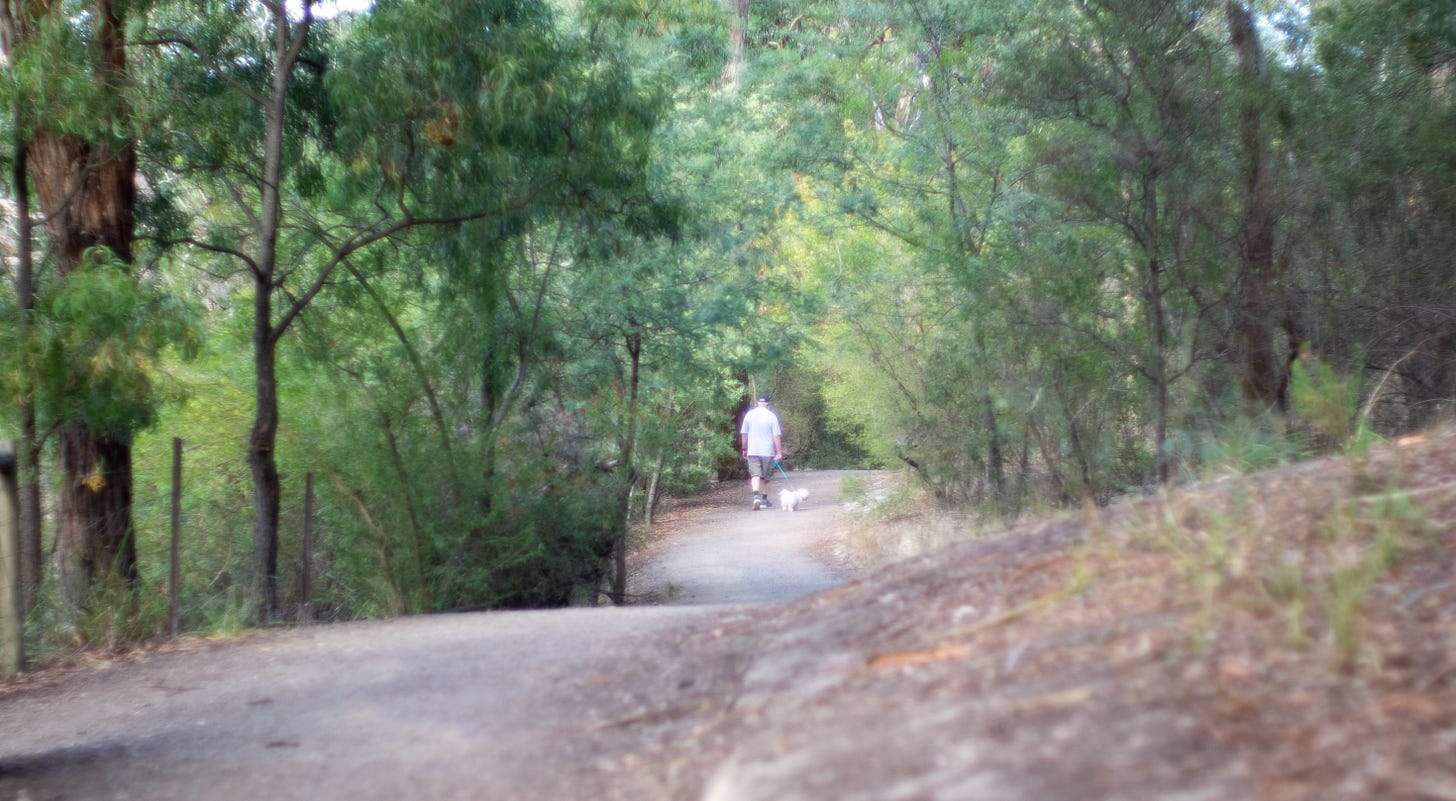
The flares can be fun to play with (or eliminated by experimenting with your framing), chromatic aberrations are easy to remove in post-production, and ghosting can be eliminated in most cases by stopping down your aperture. So all in all, it doesn’t throw anything at me that I can’t work with.
Radioactivity
While I don’t have a gigameter to measure it, this lens is likely radioactive due to the use of Thorium in the glass. All the reading I’ve done on the topic indicates that the radiation that this (and other lenses of the vintage) emit is at low levels, and using the lens 24/7 for extended periods for it to be at dangerous levels.
Having said that, I store it well away from where anyone in my house spends much time and do handle it with care (as a smashed lens would dangerous).
These lenses do yellow over time due to the Thorium, but the person who owned them before me treated them with UV light to clear that up.
Some owners prefer the yellowed glass, which warms up shots (although it lets less light through too - acting almost like a filter - meaning you need to adjust your settings to get a well-exposed image slightly.
Lens Flaws and Character
No vintage lens is without flaws, and the Super-Multi-Coated Takumar 50mm f/1.4 has quirks.
Chromatic aberration, mainly purple fringing, is noticeable at wider apertures.
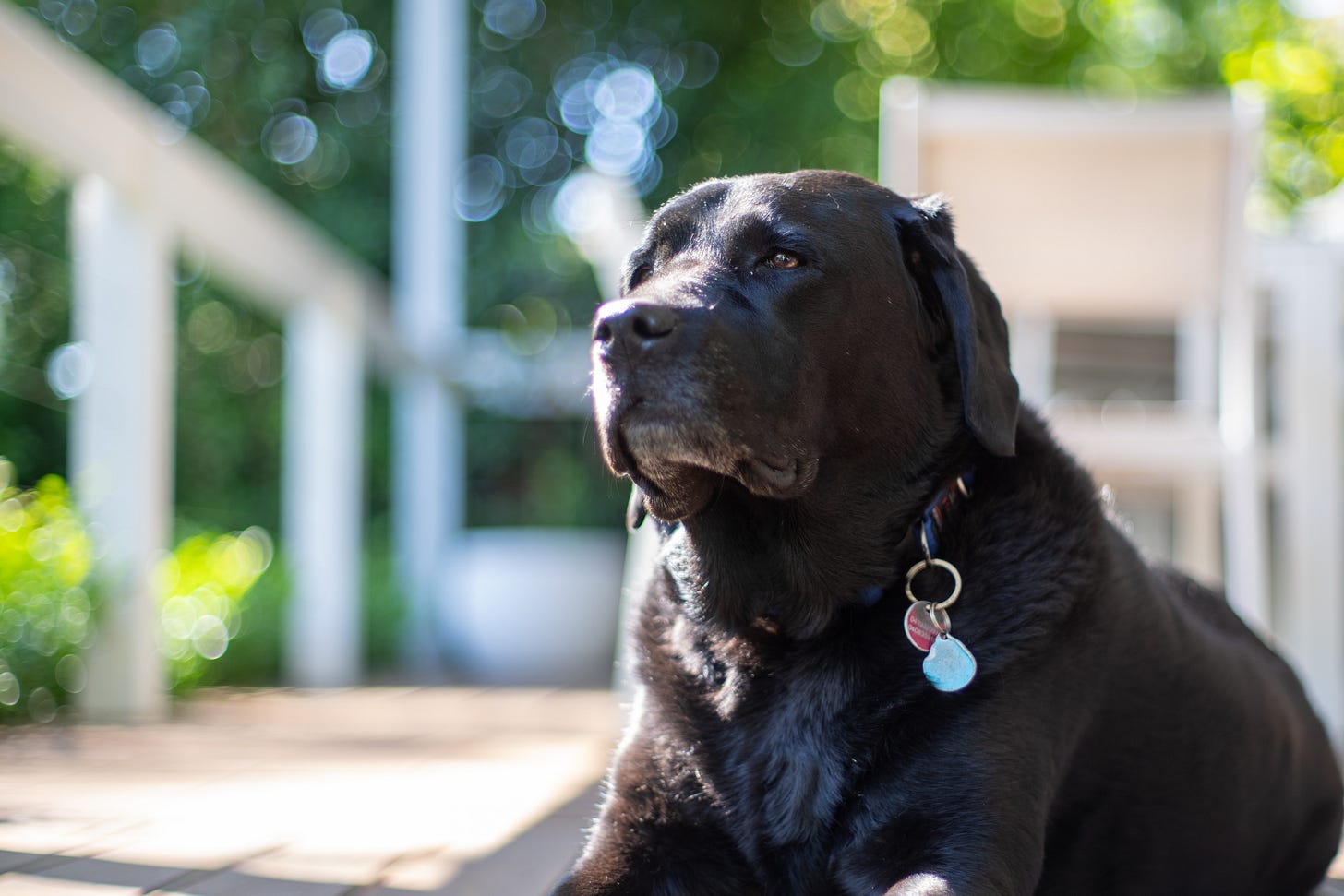
I've also found that when shooting wide open and into the sun, lighter coloured objects can glow and ghost.
Occasionally, strange red flares creep in also.
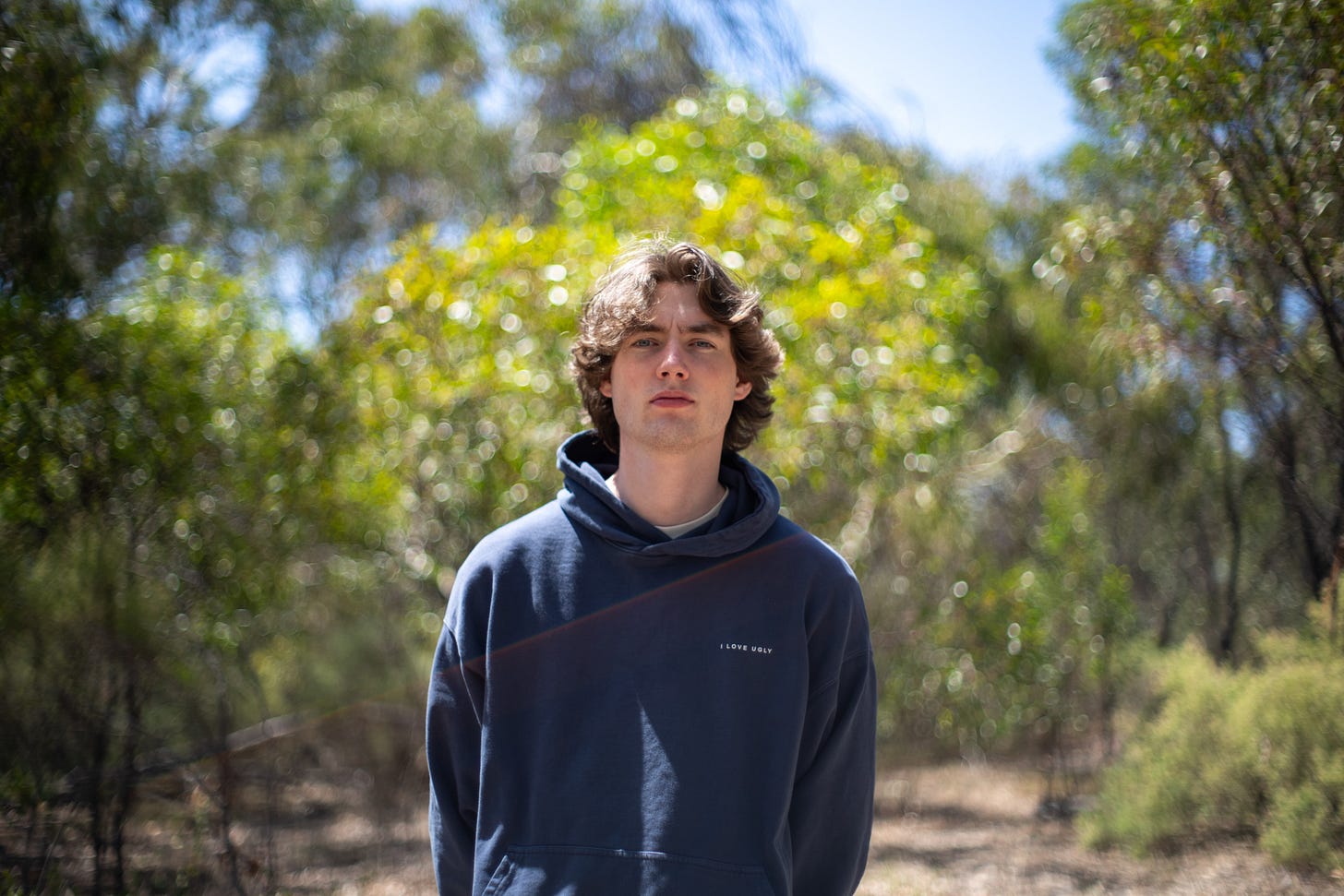
However, these flaws contribute to the lens’s unique character, which many photographers embrace as part of its charm.
Overall, I think it behaves pretty predictably, which is why I find myself reaching for it a lot.
Adaptability and Usability on Modern Cameras
One of the best things about the Takumar 50mm f/1.4 is its adaptability. With the right M42 adapter, it can be used on various modern cameras, including Sony, Canon, Nikon, and Fujifilm mirrorless bodies. Focusing it is easy as it has a nice well defined focusing ring and the aperture ring is in a predictable place (closer to the camera).
Real-World Use Cases
Portrait Photography
The Takumar 50mm f/1.4 excels as a portrait lens, thanks to its ability to create subject isolation with a soft background. The gentle rendering of skin tones and the slight softness at f/1.4 make it a flattering choice for natural-looking portraits.
Walk Around Lens
The Super-Multi-Coated Takumar 50mm f1.4 lens's compact size and large, smooth focus ring make it surprisingly useful as a walk-around lens. For this reason, I often have it on my camera around the house for capturing spur-of-the-moment photo opportunities.
For example, it was the lens on my camera when this kookaborough landed on our back deck.
While it’s not a wildlife lens, shooting with it on my A1 allowed me to crop in to get decent shots.

I’ve also enjoyed using this lens when out on my daily photo walks. Its reasonable close-focusing distance allows for detailed shots.
While on the street, you may not use it at its f1.4 maximum aperture. It's very sharp around f8, which would make it great for zone focusing.
Pros and Cons
Pros:
Exceptional build quality and durability
Beautiful bokeh and unique vintage character
Smooth and precise manual focus operation
Super-Multi-Coating enhances color and contrast
Excellent adaptability to modern cameras
Affordable compared to modern fast primes (although not the cheapest and on the rise - see below)
Cons:
A little soft at f/1.4, especially in the corners
Chromatic aberration and fringing at wide apertures
Prone to flare and ghosting in strong backlighting (although this can be used artistically)
Radioactive - doesn’t appear to be at dangerous levels, but it’s there
Cost—While not the most expensive vintage lens, I’ve noticed that prices have definitely been creeping up lately.
Conclusion
The Super-Multi-Coated Takumar 50mm f/1.4 may be over 50 years old—just like me—but it certainly doesn’t show its age.
While modern lenses boast autofocus and cutting-edge coatings, this vintage gem holds its own with its solid construction, smooth manual focus, and unmistakable character.
Its optical quirks, from dreamy wide-open softness to occasional flare, only add to its charm, and in most situations, it performs with a level of predictability that keeps me reaching for it time and time again.
Despite its age, this lens still delivers stunning images with rich contrast, beautiful bokeh, and a timeless look that modern glass often struggles to replicate.
If you’re after a lens with history, character, and enduring quality, the Takumar 50mm f/1.4 is well worth considering—whether you're a vintage lens enthusiast, a portrait photographer, or just someone who appreciates beautifully crafted gear.
Half a century on, this lens is still going strong and I’m sure it will continue to perform well into the next 50 years of its life.
I can only hope to say the same for myself!
Have you used the Super-Multi-Coated Takumar 50mm f/1.4 lens? Share your thoughts and experiences in the comments below!
Related Reading
Carl Zeiss Jena Pancolar MC 50mm F1.8 Review
The Carl Zeiss Jena DDR Pancolar 50mm f/1.8 is a well-regarded vintage lens among enthusiasts. It is known for its unique character, solid build, and pleasing image rendering.
More Than Focal Length: Why I Collect 50mm Lenses Like a Kid in a Candy Store
Last week, after reading my post listing all my vintage lenses, someone asked me why I have multiple vintage lenses of the same focal length.

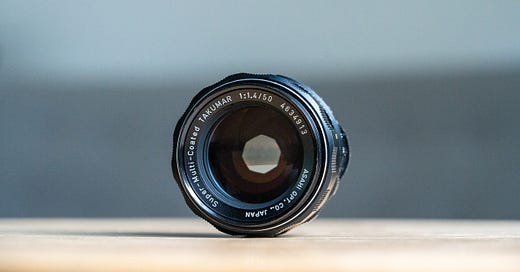



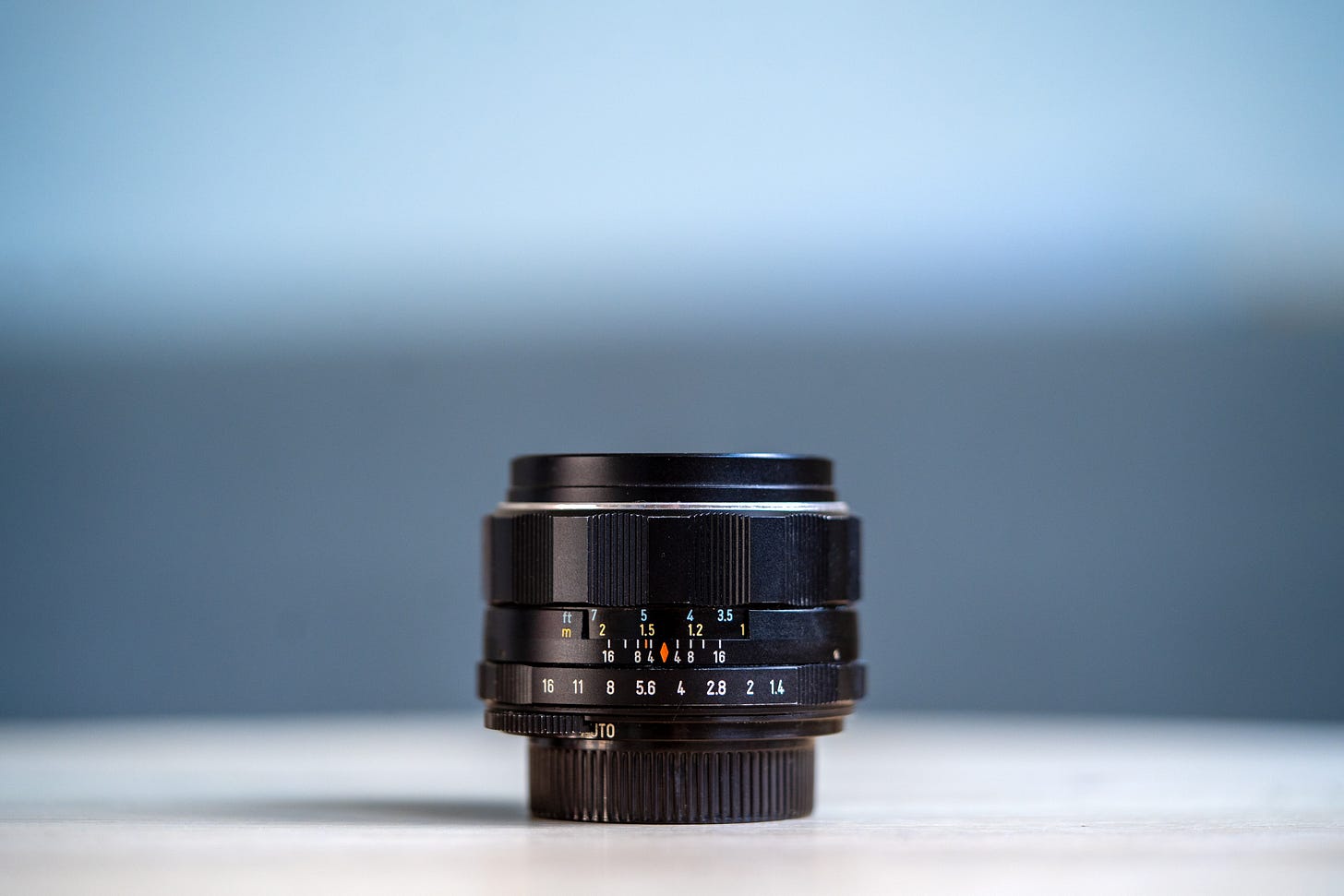
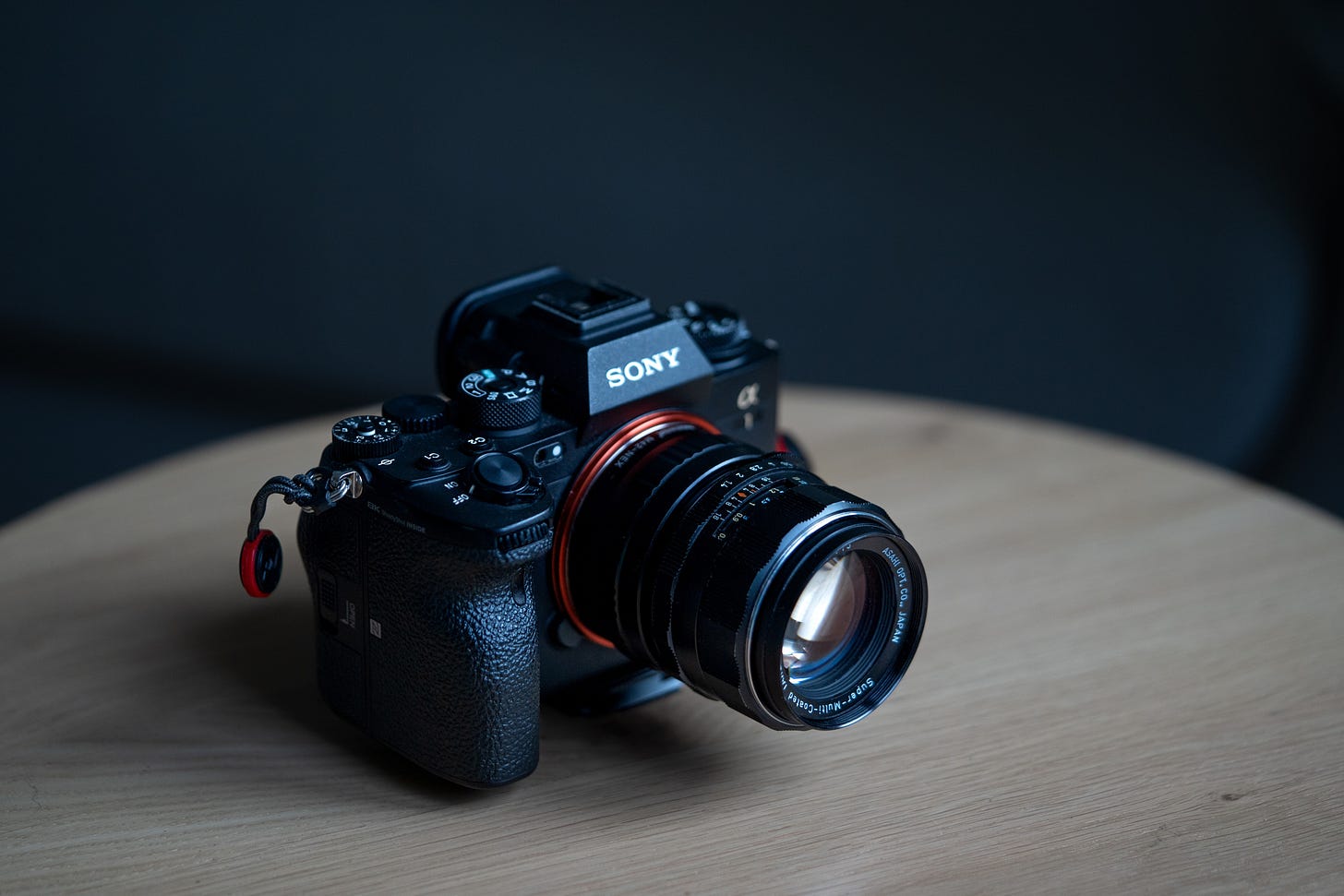
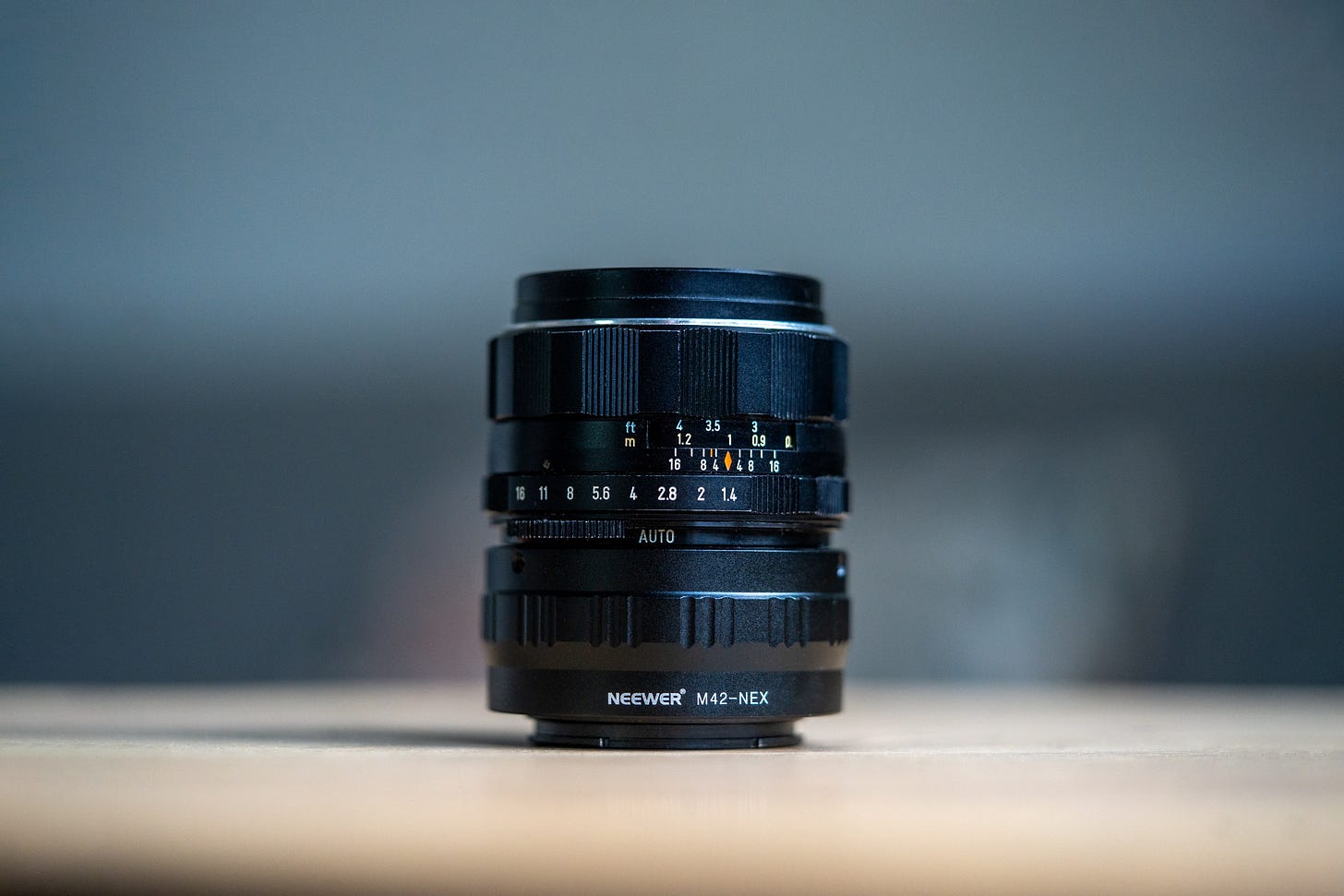
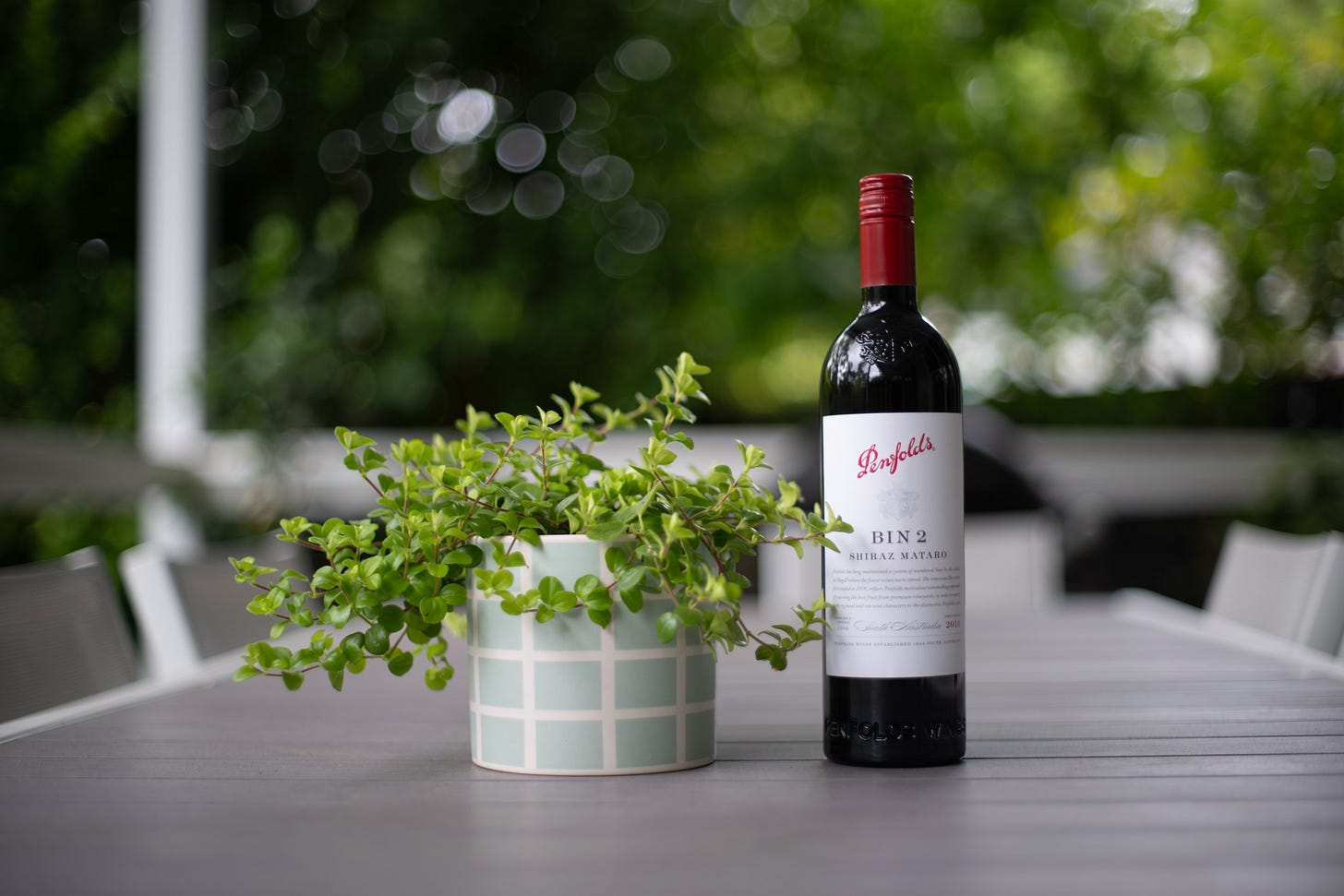
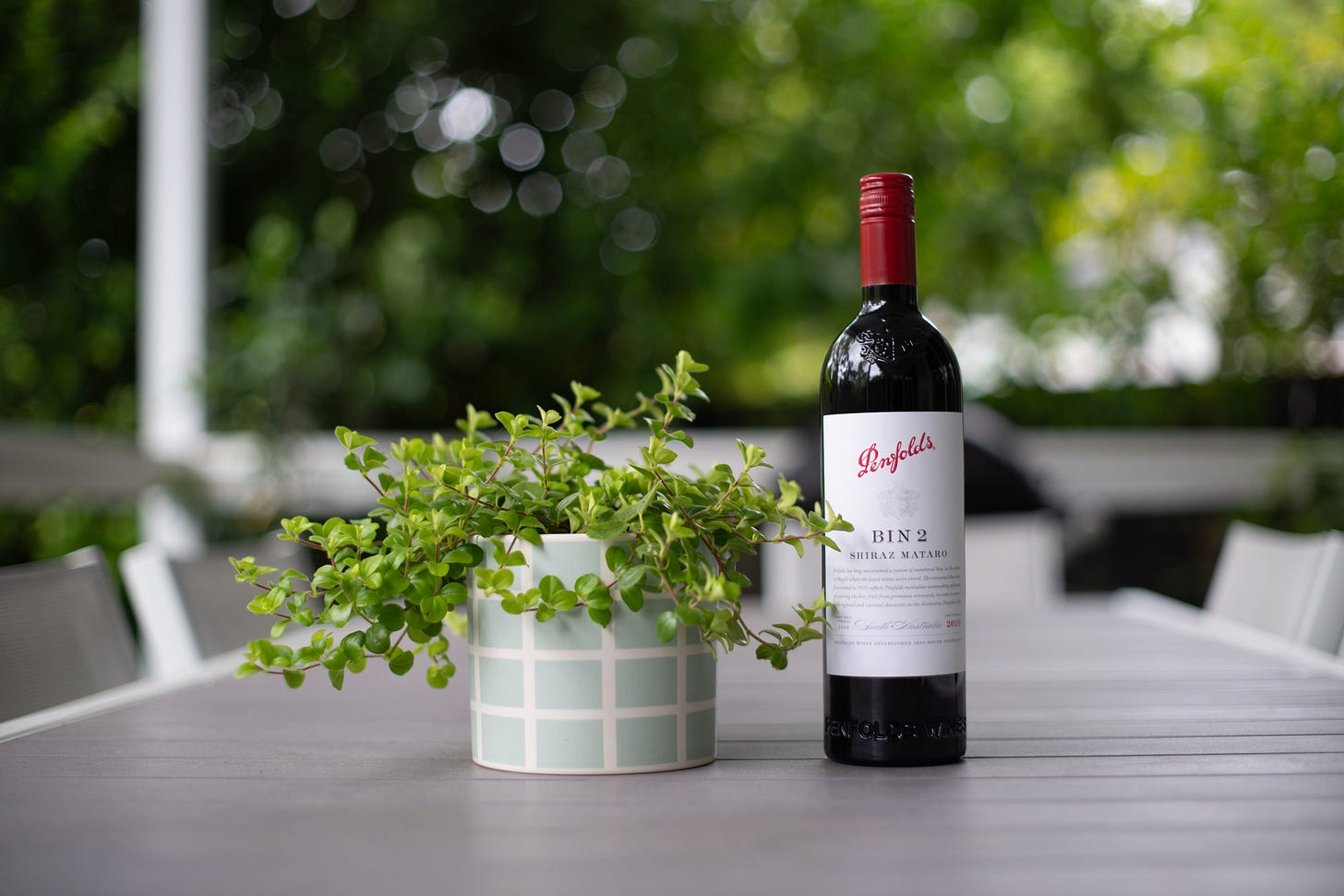
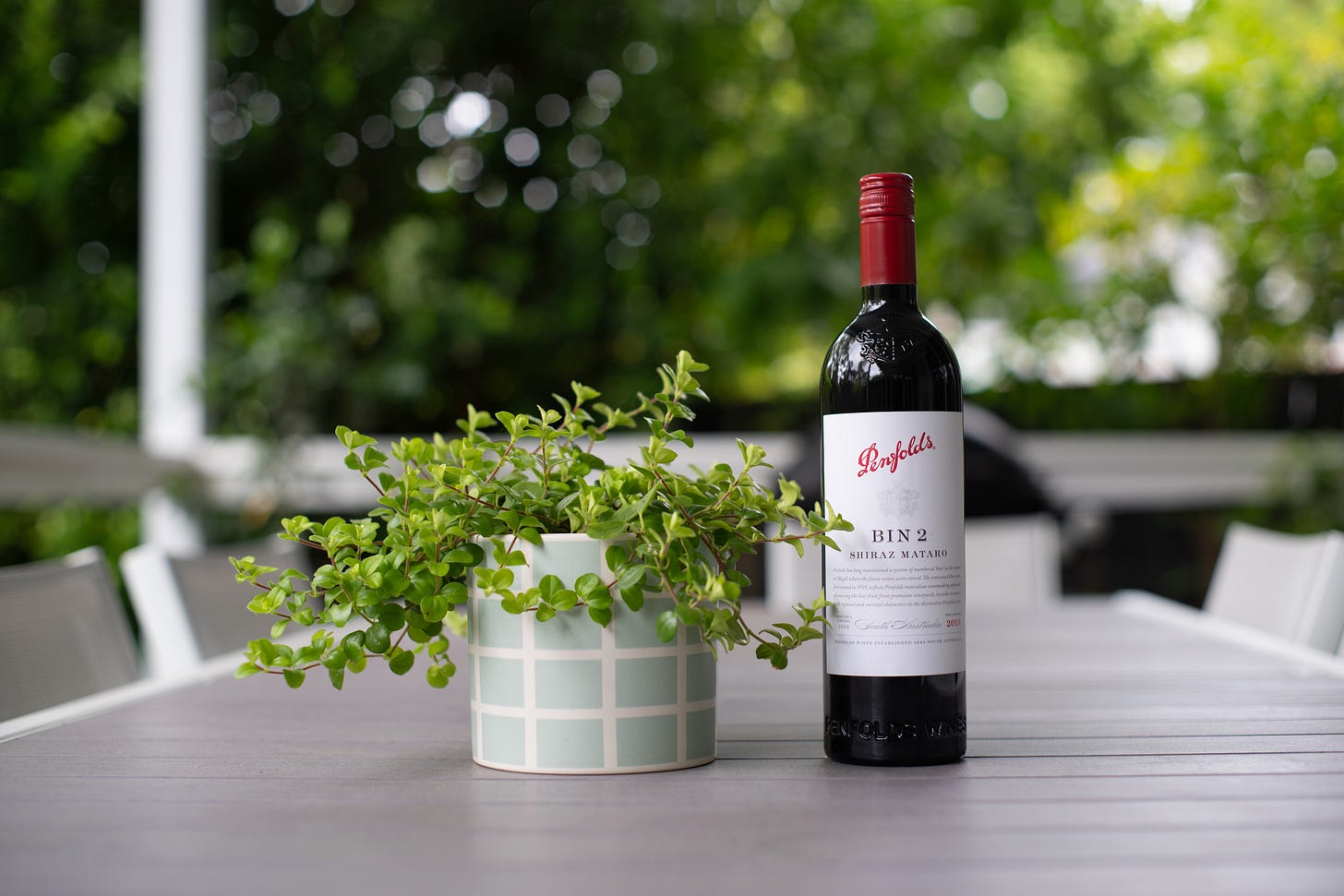
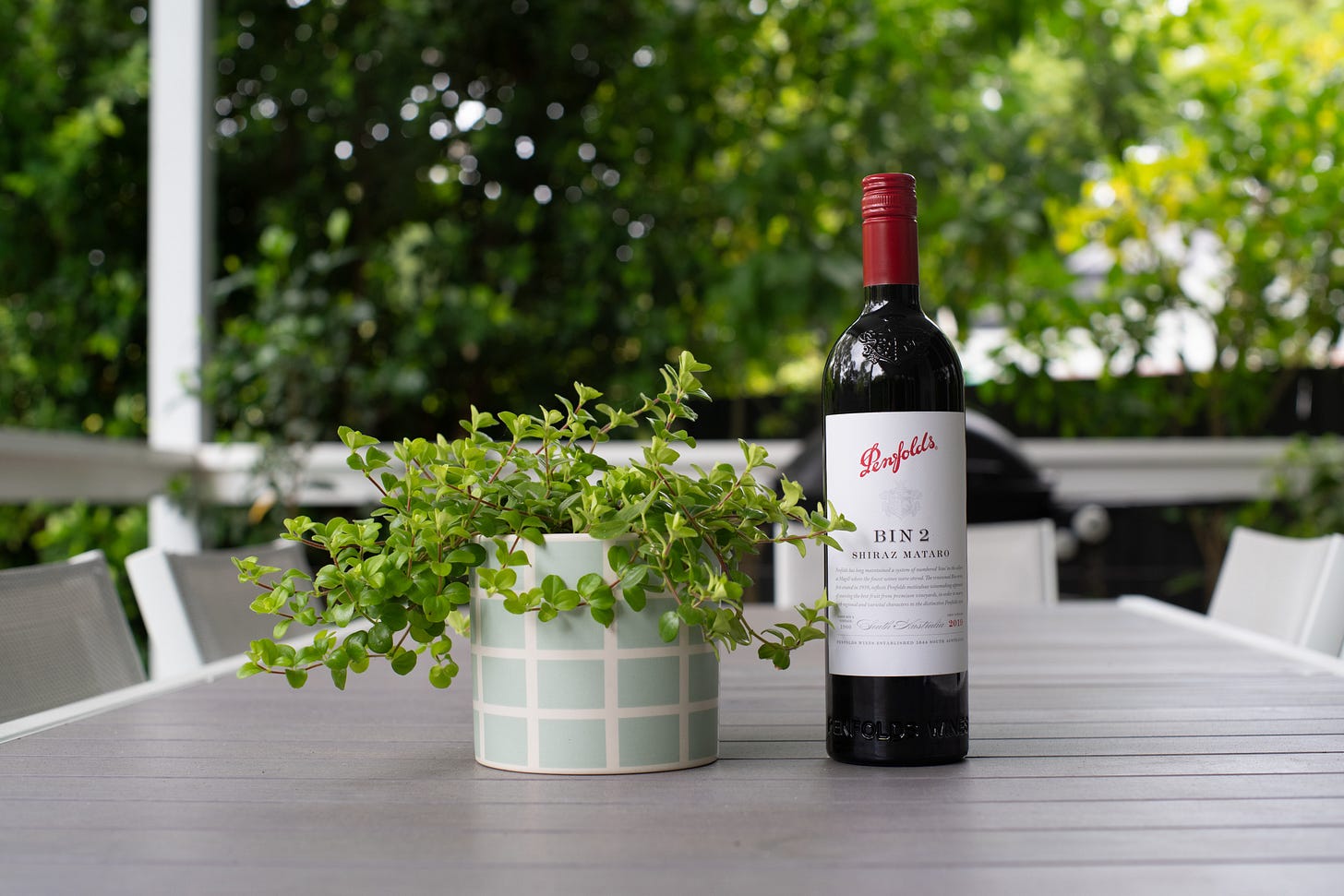



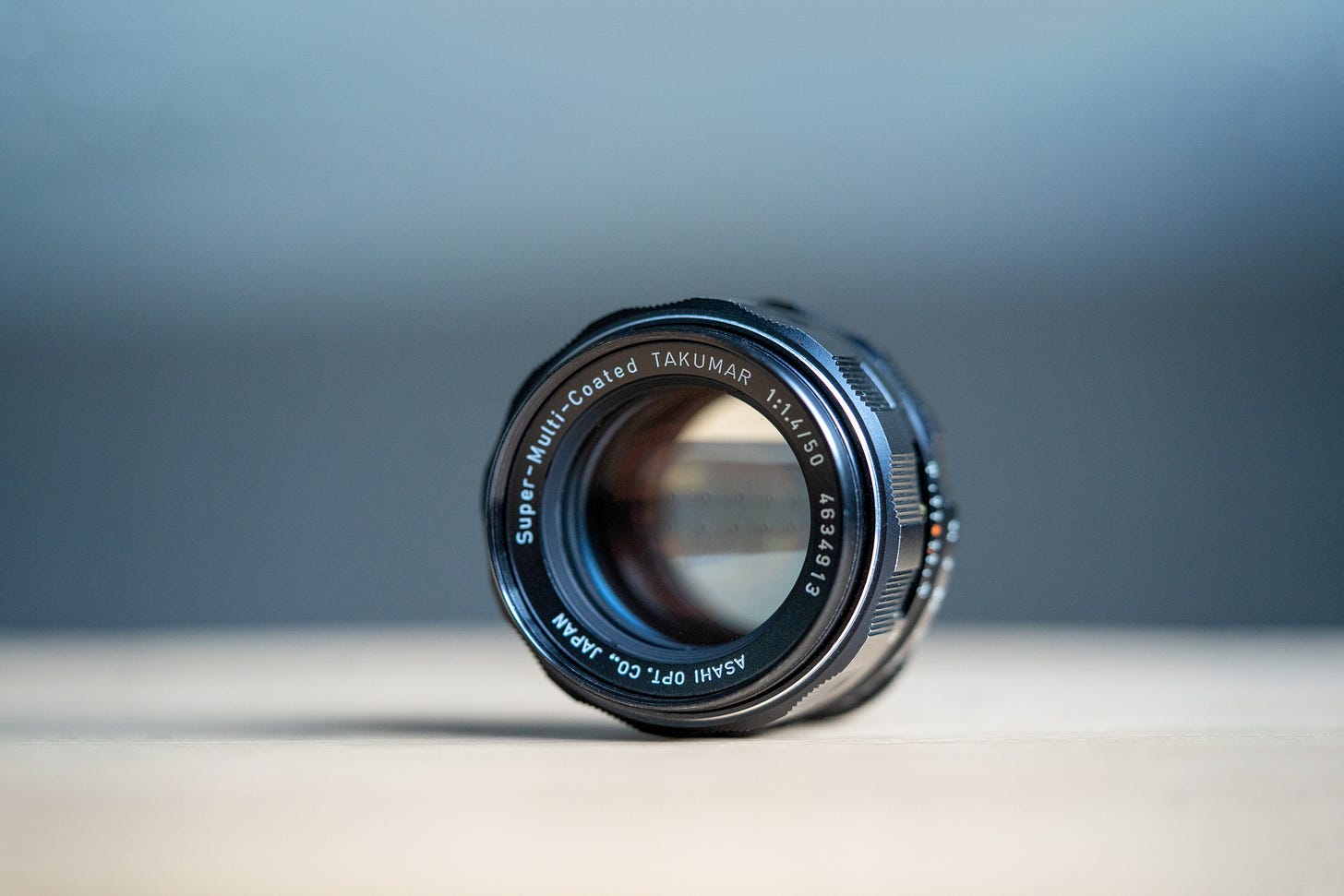
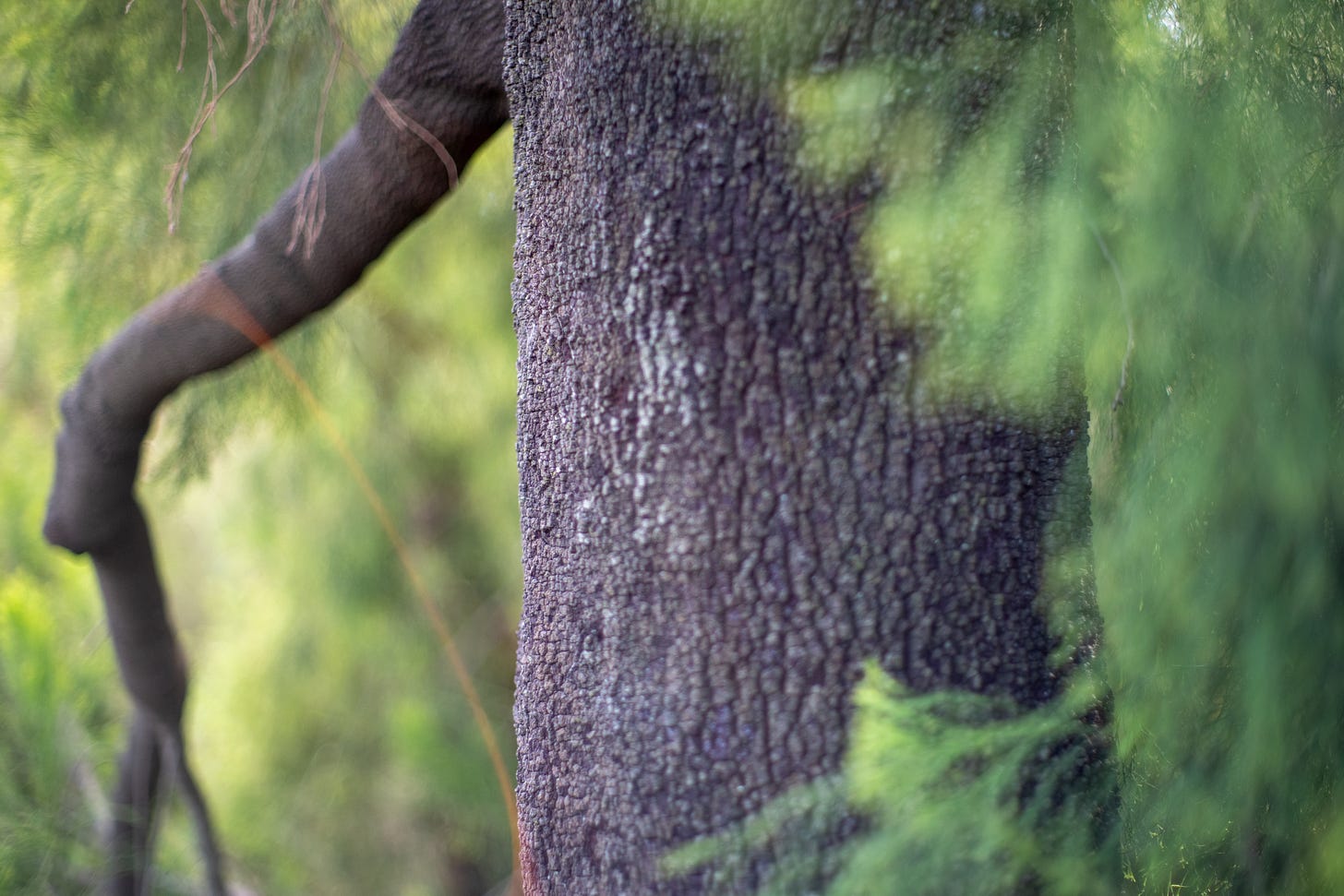
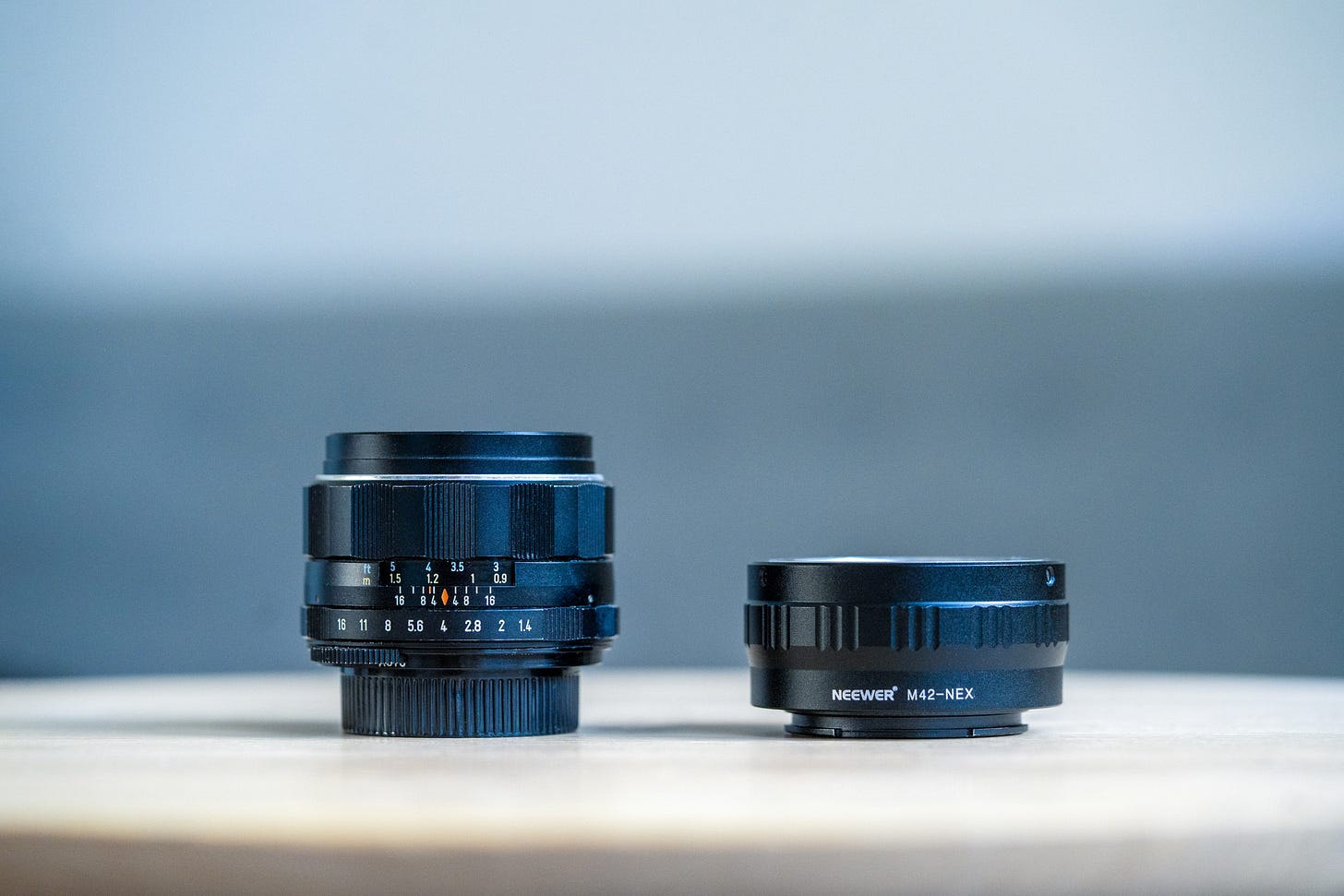
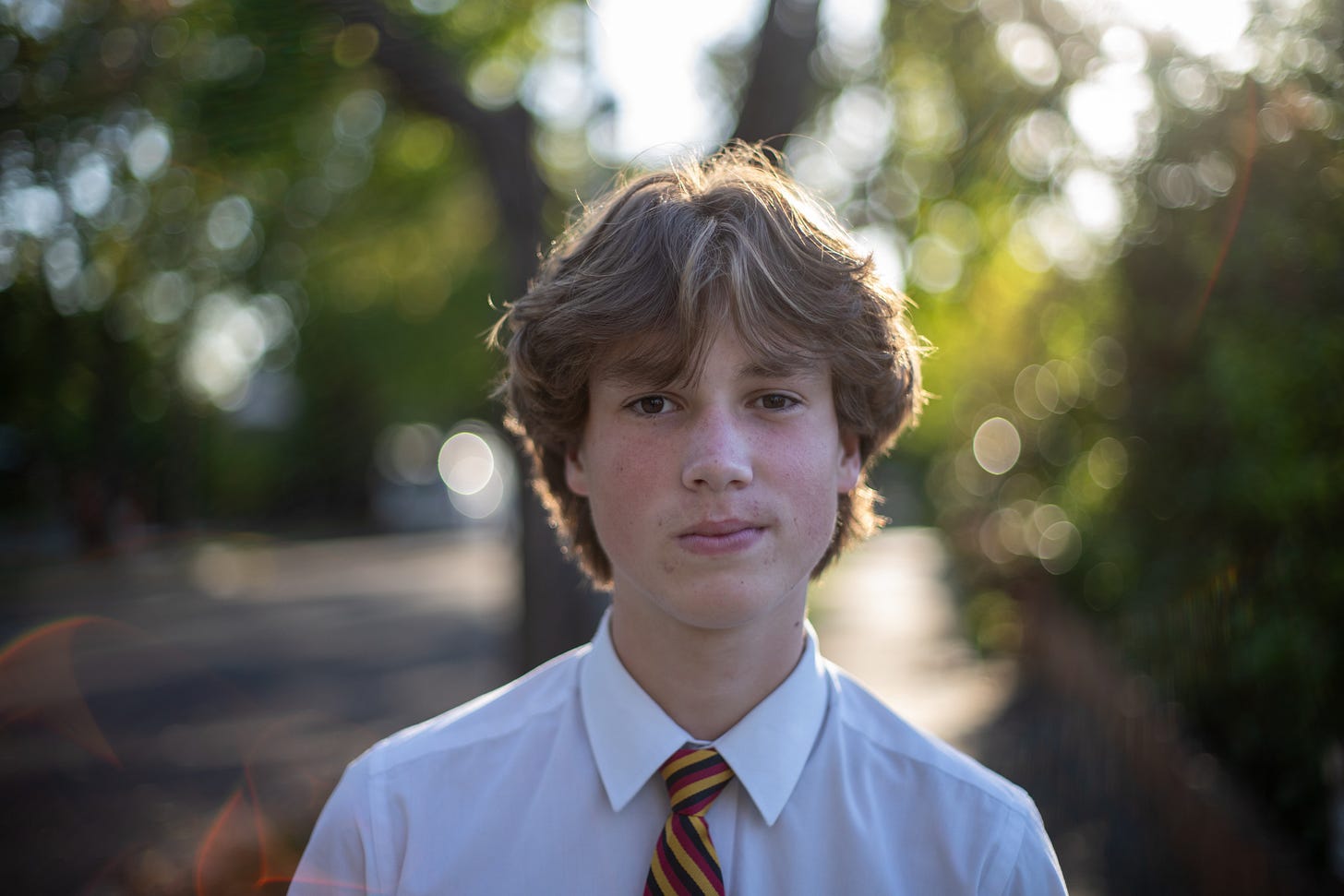

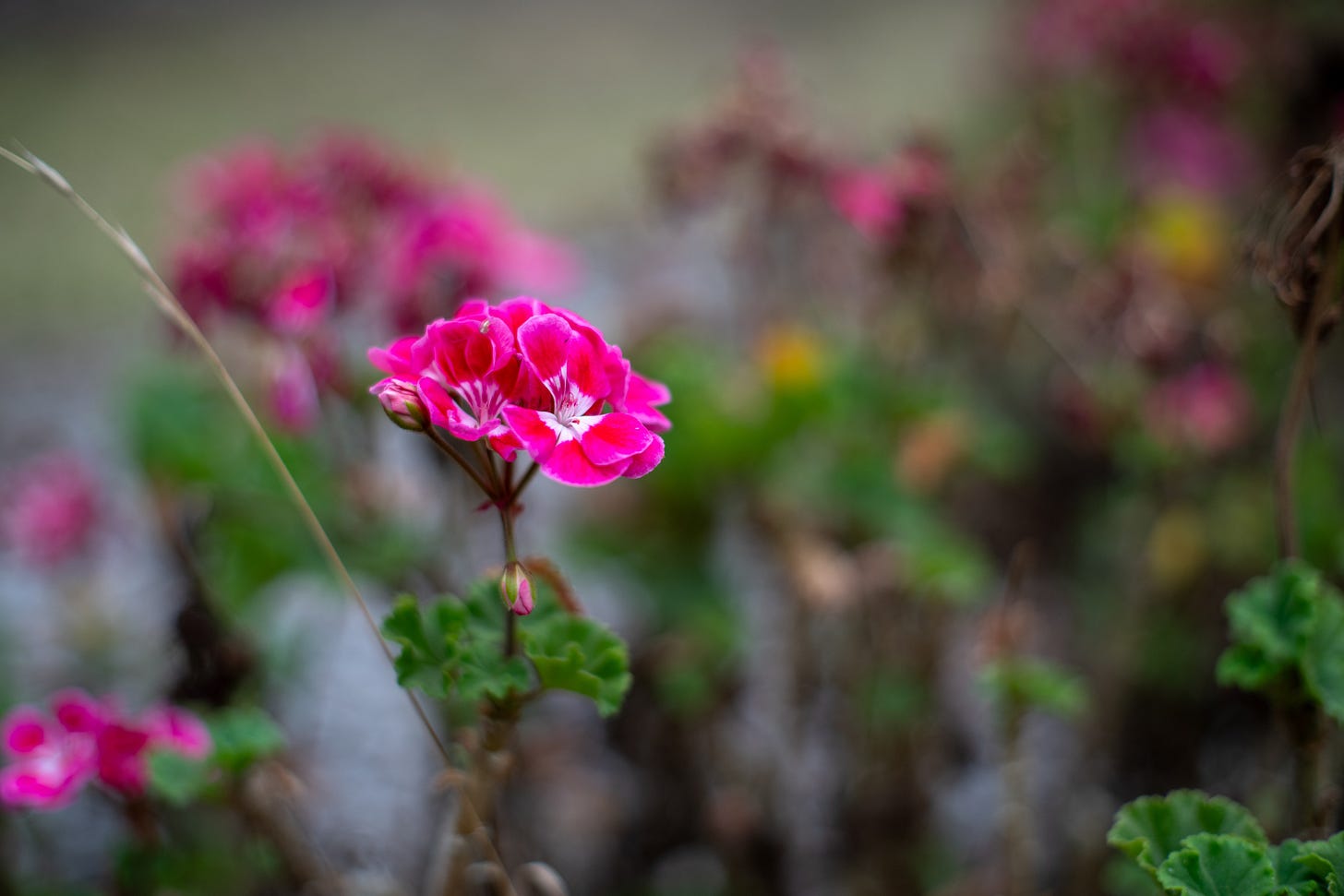
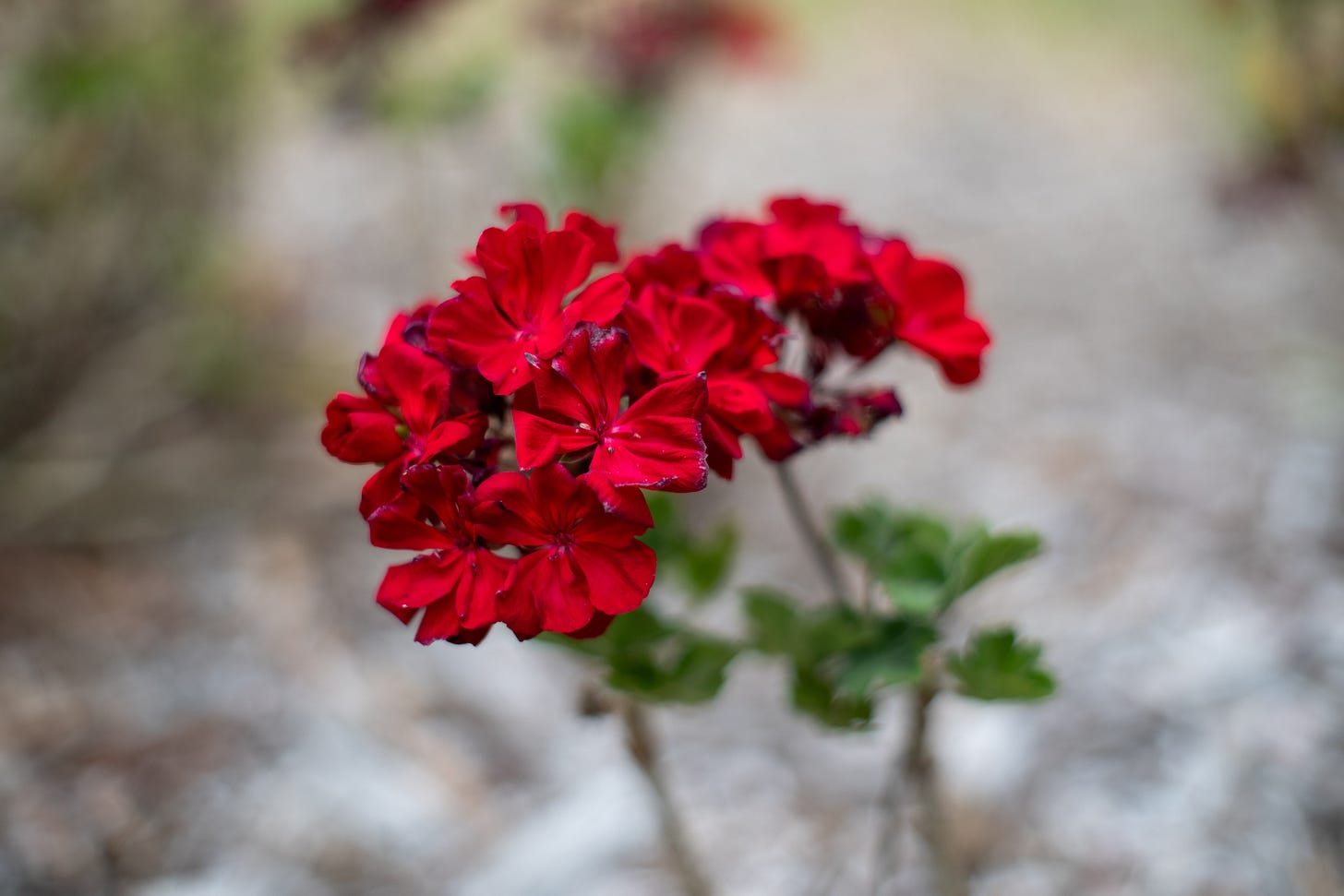
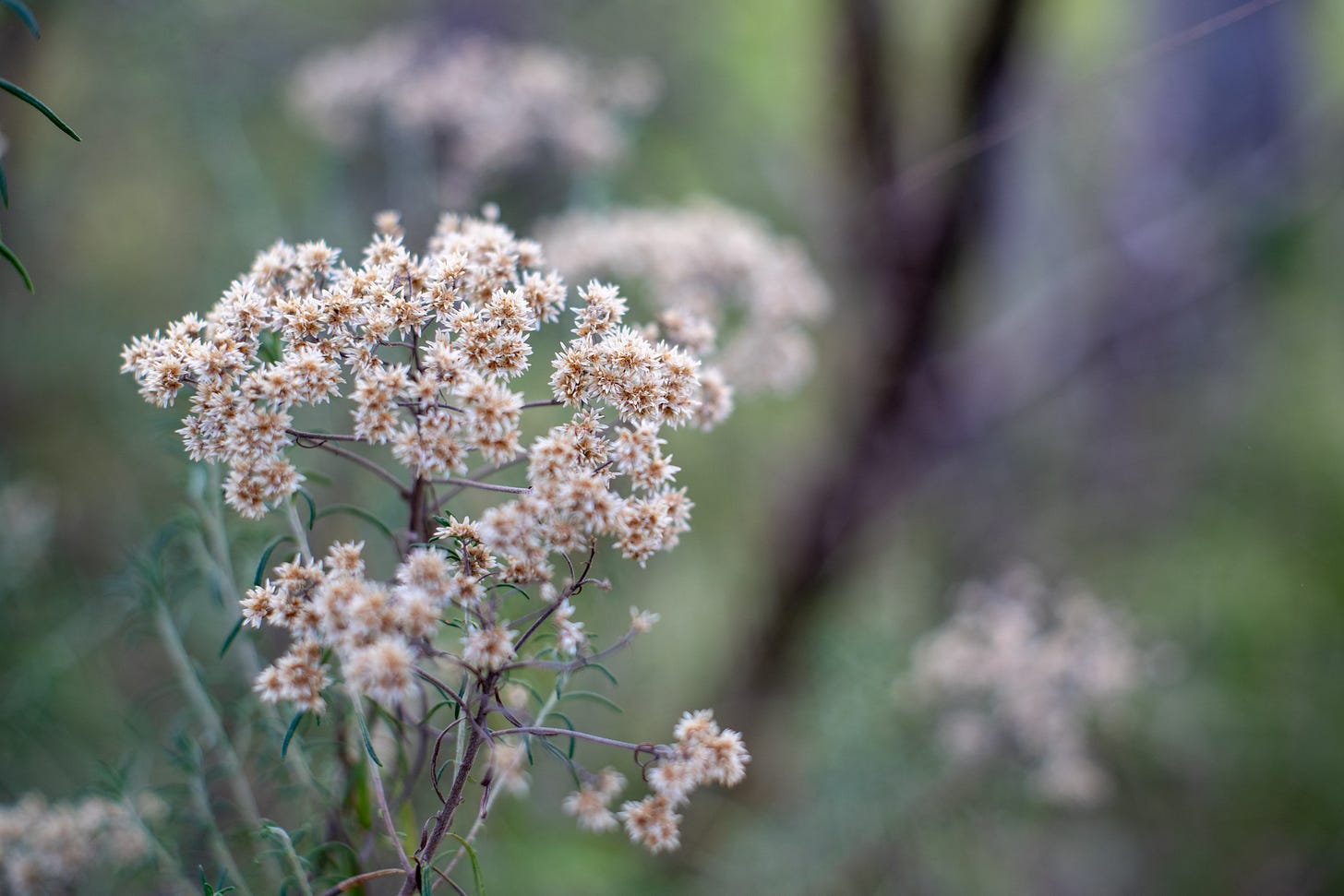
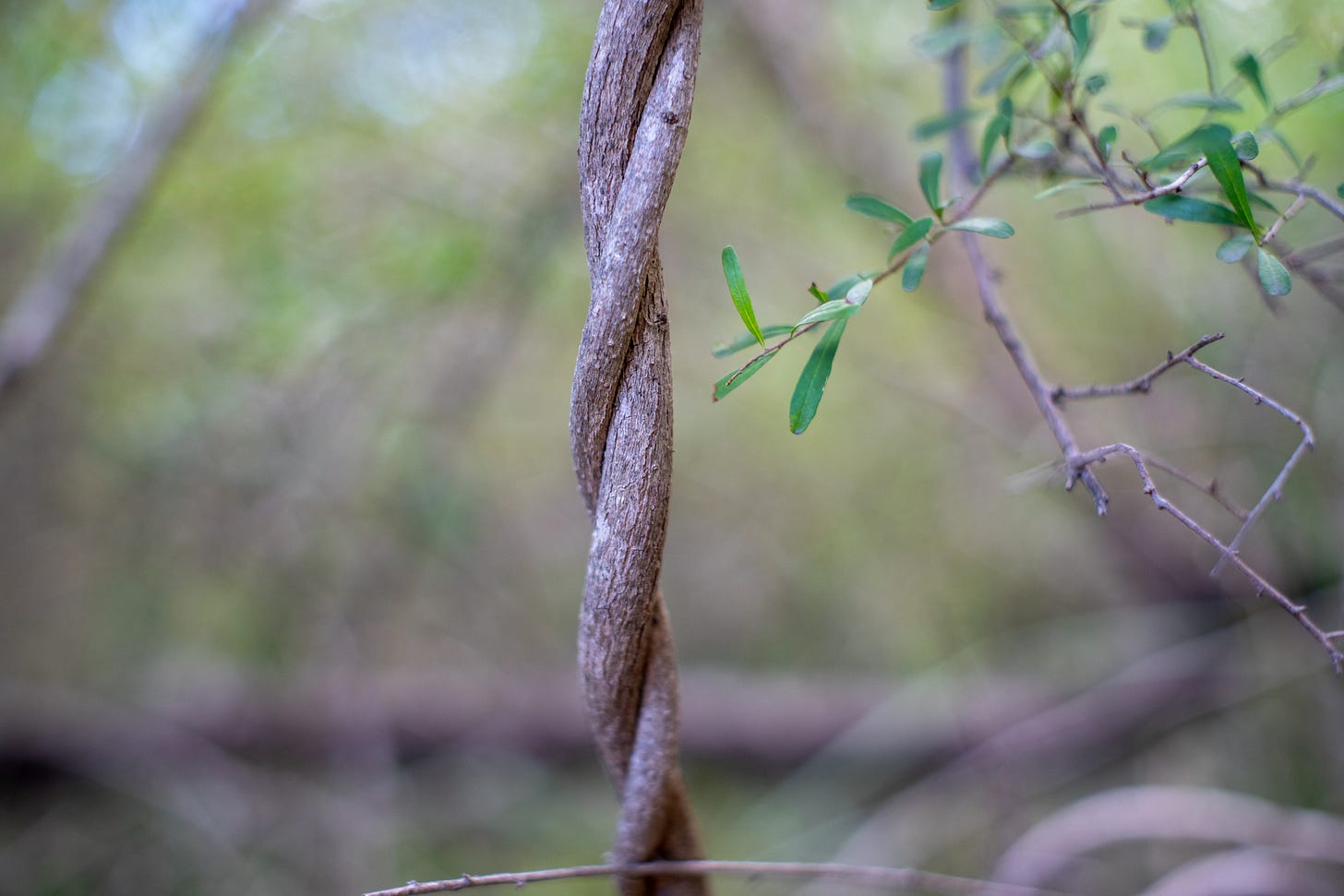

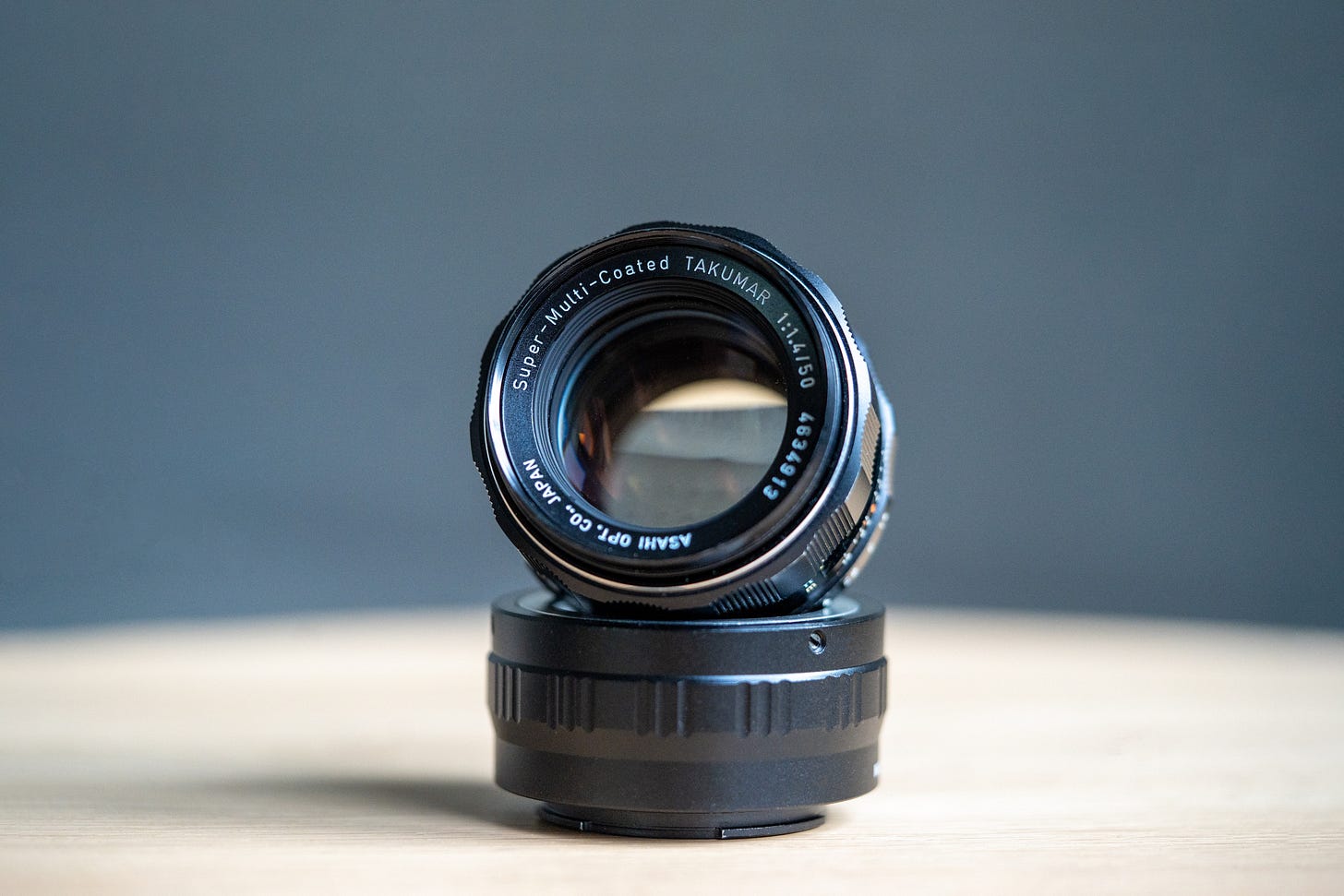
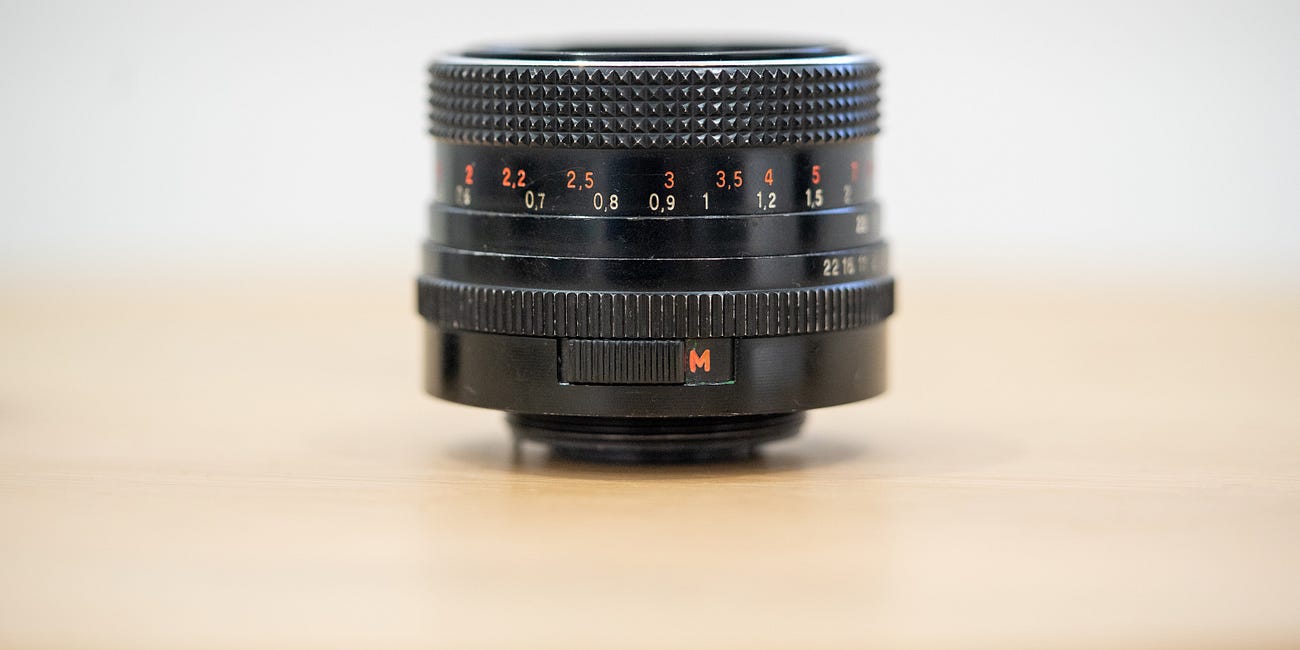
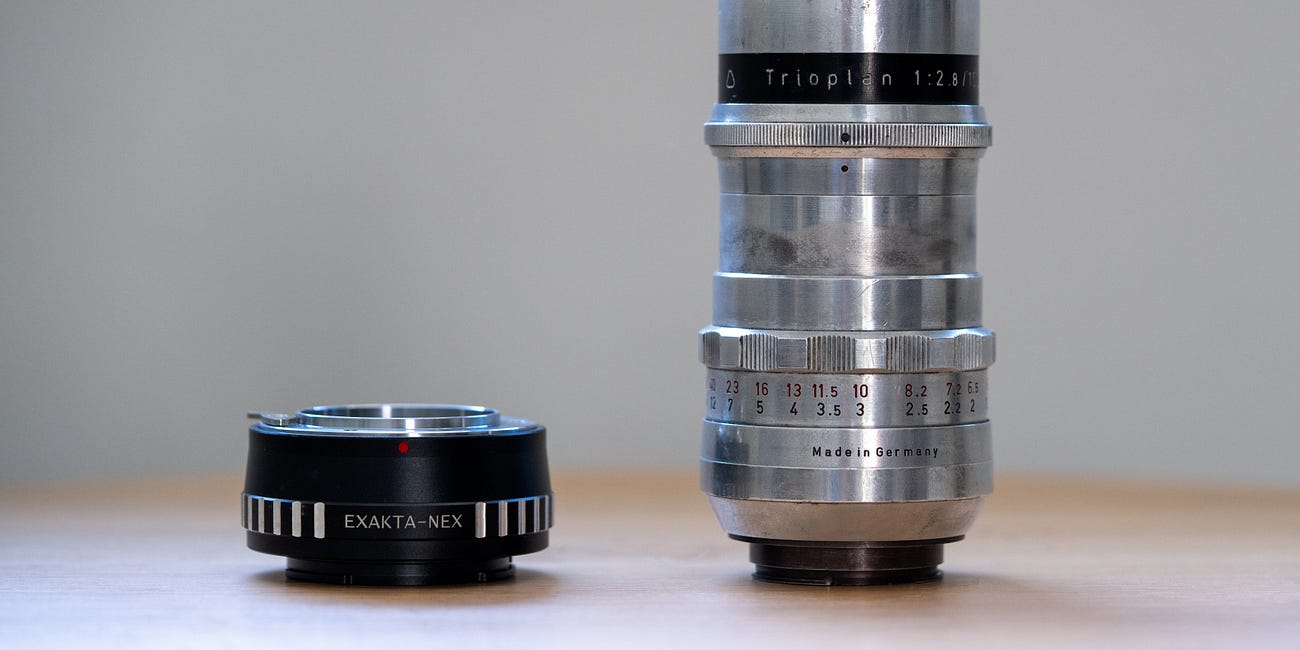

Vintage lenses are where it's at. The influx of companies like Polar Pro w mist and flare filters is testament to people looking for that vintage iconic film look. Simple. Buy vintage lenses. Seems like a waste of money buying a few grand lens to then additionally buy 1/4 or 1/2 mist filter because you want that softness that today's clinical sharp as a tack souless lenses produce. Plus most cameras have peaking so your assured great focus. That's my 2 cents